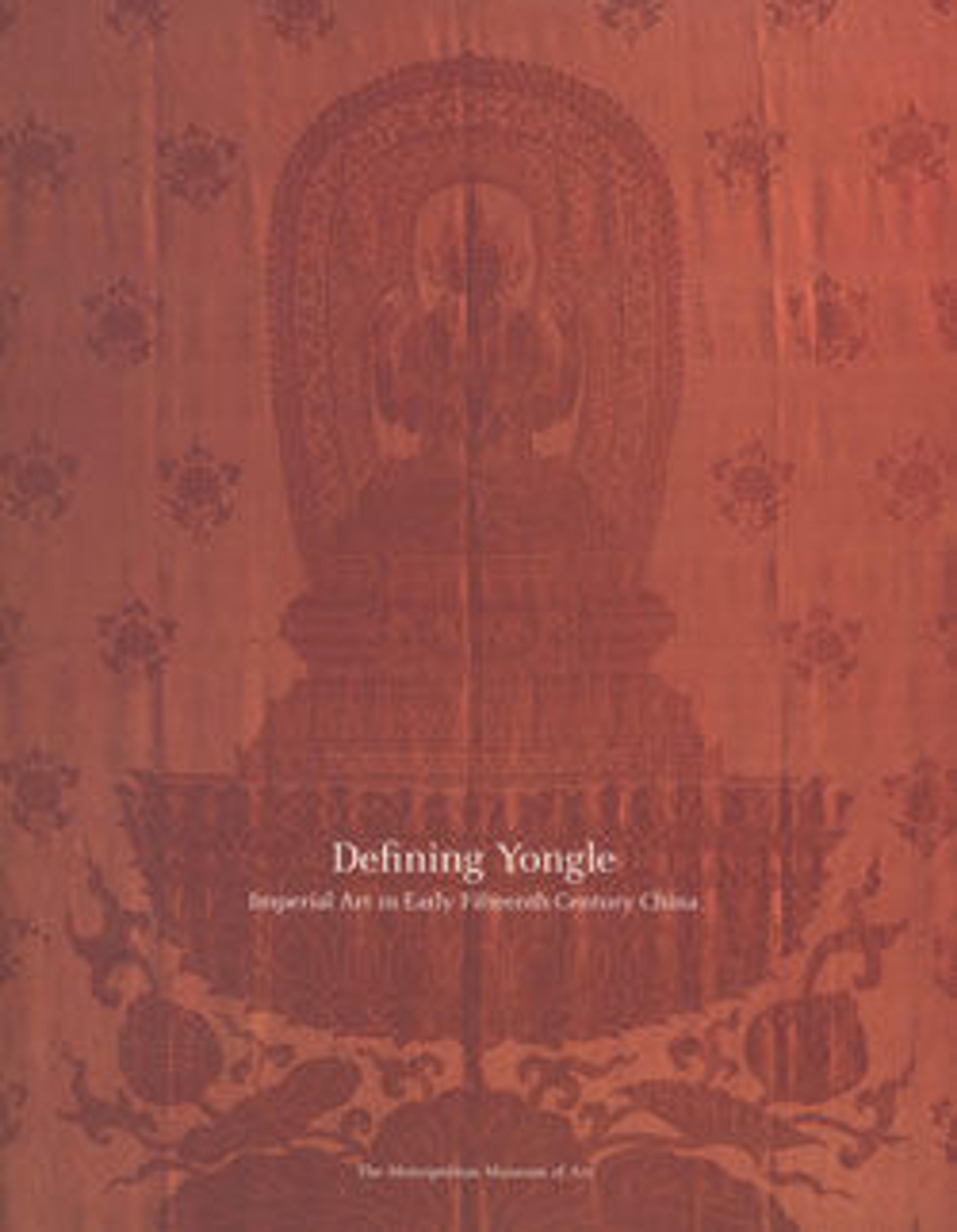Decorative pendant with the Five Offerings
Silk textiles played an important role in the early Ming dynasty, both as the focus of religious practices and as formal gifts to Tibetan Buddhist clerics and other visitors to the Chinese court. This pendant depicts the five auspicious offerings in Buddhism, each symbolizing a sense or perception: the pile of fragrant incense (smell), the flower (color), the candle (light), the conch (sound), and the offering of food (taste). Meticulously embroidered with silk threads, the stylized lotus scrolls demonstrate the standard court design universally used on imperial works of art, including cloisonné enamel wares.
Artwork Details
- 明早期 刺繡五供養掛飾
- Title: Decorative pendant with the Five Offerings
- Period: Ming dynasty (1368–1644)
- Date: early 15th century
- Culture: China
- Medium: Silk and metal thread embroidery on silk satin
- Dimensions: Overall: 25 1/2 x 12 in. (64.8 x 30.5 cm)
- Classification: Textiles-Embroidered
- Credit Line: Purchase, Joseph E. Hotung Gift, 1989
- Object Number: 1989.4
- Curatorial Department: Asian Art
More Artwork
Research Resources
The Met provides unparalleled resources for research and welcomes an international community of students and scholars. The Met's Open Access API is where creators and researchers can connect to the The Met collection. Open Access data and public domain images are available for unrestricted commercial and noncommercial use without permission or fee.
To request images under copyright and other restrictions, please use this Image Request form.
Feedback
We continue to research and examine historical and cultural context for objects in The Met collection. If you have comments or questions about this object record, please complete and submit this form. The Museum looks forward to receiving your comments.
